Water flossers are essential tools for maintaining oral hygiene, but they can develop mildew if not cleaned properly. Mold and mildew thrive in moist environments, making your water flosser a potential breeding ground if neglected. Here’s a step-by-step guide to effectively remove mildew and prevent future growth.
A simple yet effective way to tackle mildew is by using baking soda water cleaning. Mix one teaspoon of baking soda with warm water and fill the reservoir. Run the flosser for a minute to allow the solution to clean the internal tubing. Baking soda is mildly abrasive and helps break down mold residues without damaging the device.

For stubborn mildew, denture cleaning tablets or effervescent tablets offer a powerful chemical cleaning solution. Drop one tablet into the water reservoir, let it dissolve, and run the flosser for a full cycle. The effervescent action helps remove hidden mold and bacteria while deodorizing the system.
If mildew accumulates in hard-to-reach areas like the nozzle, try physical cleaning of rice. Fill the reservoir with warm water and a handful of uncooked rice, then shake vigorously. The abrasive texture of rice helps scrub away mold deposits without scratching delicate components.
After each use, empty the water tank and detach removable parts to air-dry completely. Preventing mold starts with eliminating excess moisture—store your flosser in a dry, well-ventilated area instead of leaving it in a damp bathroom.
A monthly rinse with white vinegar (diluted 1:1 with water) helps disinfect the flosser and inhibit mildew. Run the solution through the device, then flush with clean water to remove any lingering odor.
Old filters and worn-out seals can trap moisture, encouraging mildew. Replace filters as recommended by the manufacturer and inspect seals for cracks to ensure a watertight system.
By combining baking soda water cleaning, denture cleaning tablets, and physical cleaning of rice, you can keep your water flosser mold-free. Remember, preventing mold is easier than removing it—adopt these habits to ensure your device stays clean and hygienic for long-term use.
For more B2B dental care maintenance tips, explore our blog or contact us for professional solutions! https://www.powsmart.com/simples/x3-portable-uv-water-flosser/
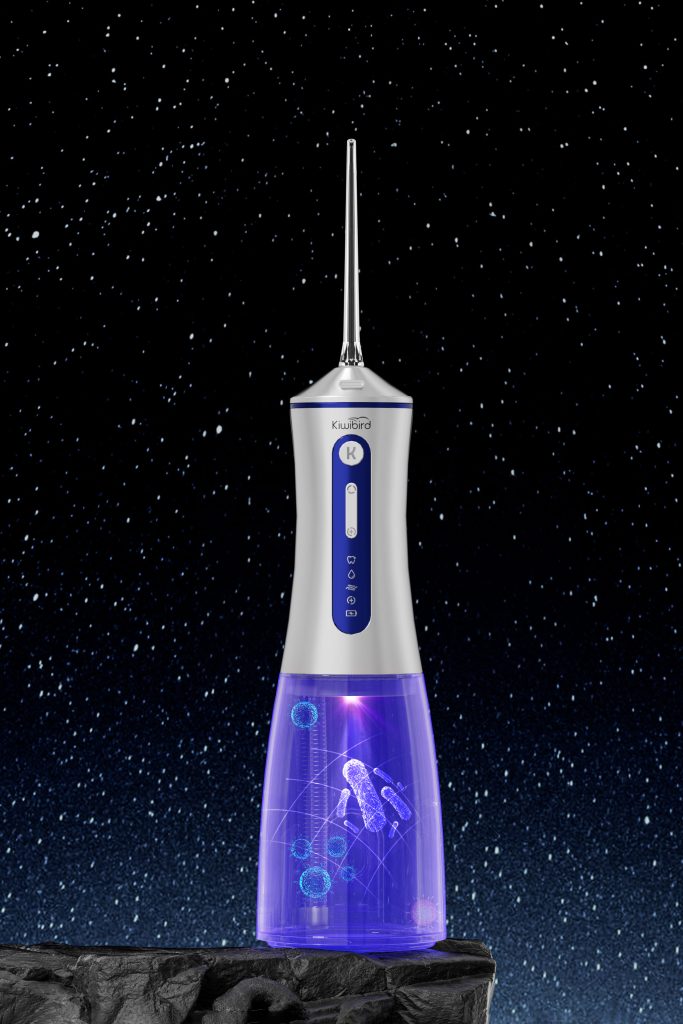
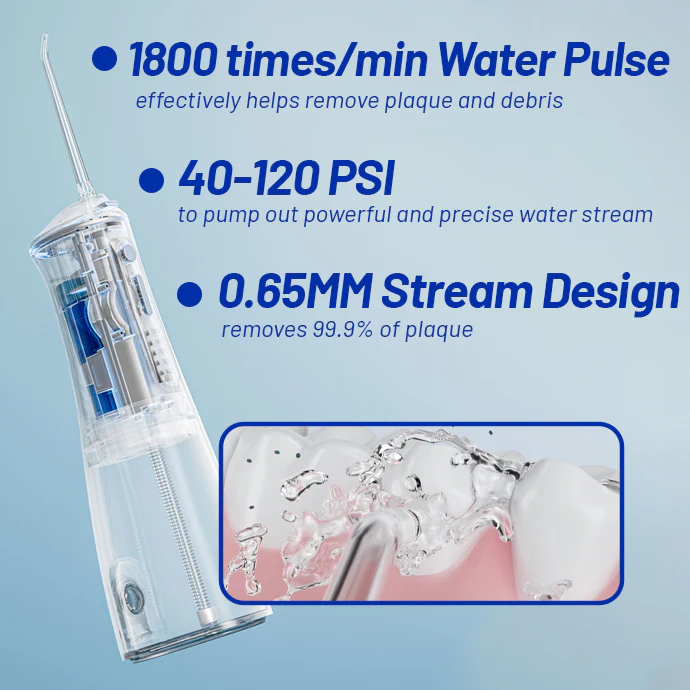
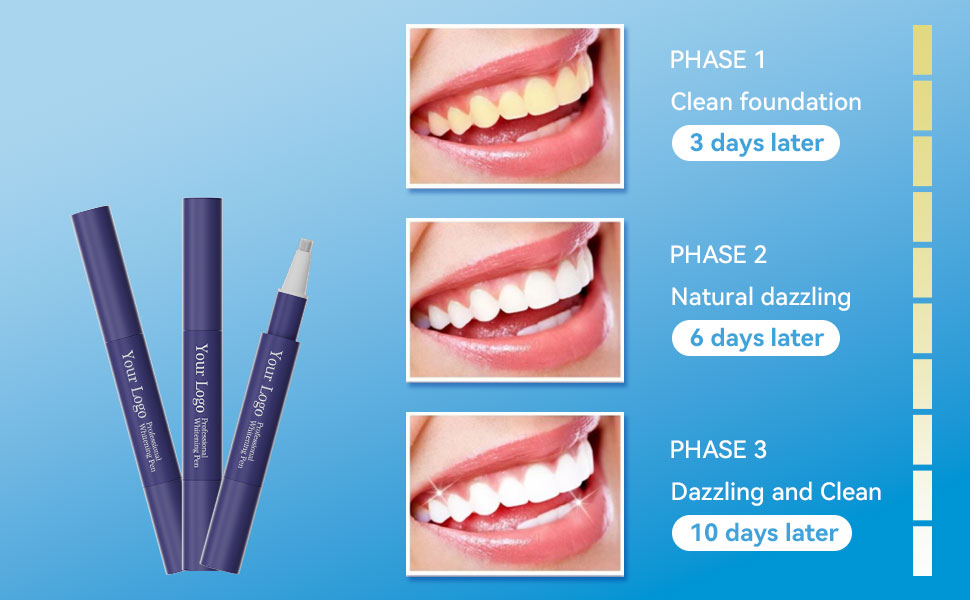
Hydrogen Peroxide vs. Carbamide Peroxide: Which Whitening Gel Formula is Right for You?
Dental Practice Gift Toothbrush Supplier for Clinics and Programs

Does Long-Lasting Travel Toothbrush Trigger Power Surge?

Design Considerations of OEM TSA-Friendly Travel Electric Toothbrushes
Executive Gift Electric Toothbrush Box Set for Diwali
Can Contact Oxidation Lead to Weak Pressure?
Personalized Christmas Toothbrush Gifts | Festive Wellness Presents
Is Button Malfunction Causing Uneven Bristles Disaster?

Effective Teeth Whitening Alternatives for OEM Product Lines

comprehensive oral care solutions: Why Consumers Prefer Them
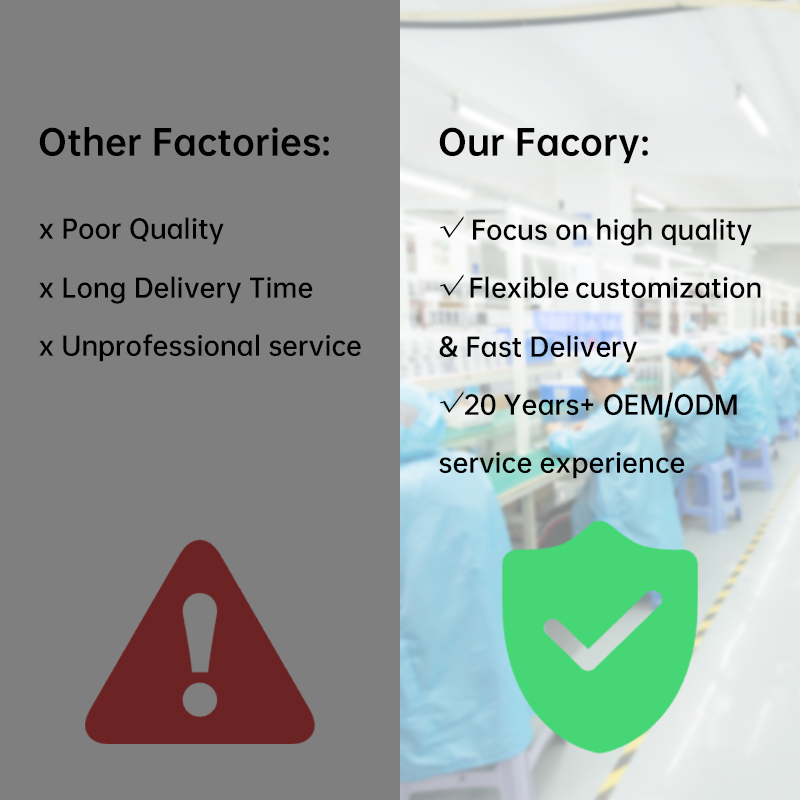
Solving Water Flosser Common Problems: A Manufacturer’s Guide to Reliable water flosser Performance
-2-scaled.png)
How to Boost Brand Value through Partnering with a Teeth Whitening Device Factory

Keep Your Travel dental hygiene Fresh While Traveling: 5 Easy Solutions for On-the-Go Care
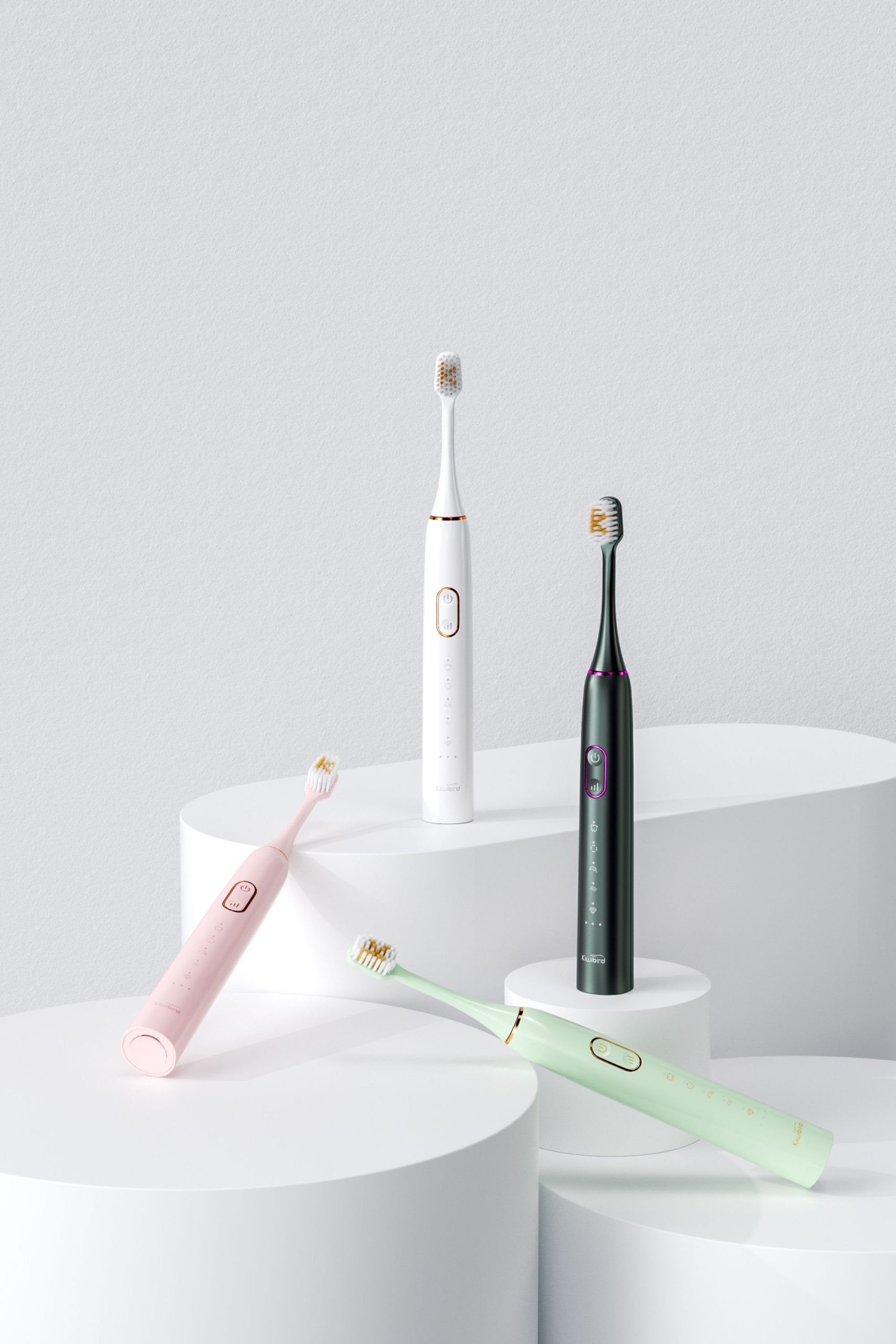
Which Electric Toothbrush With Whitening Works Best?
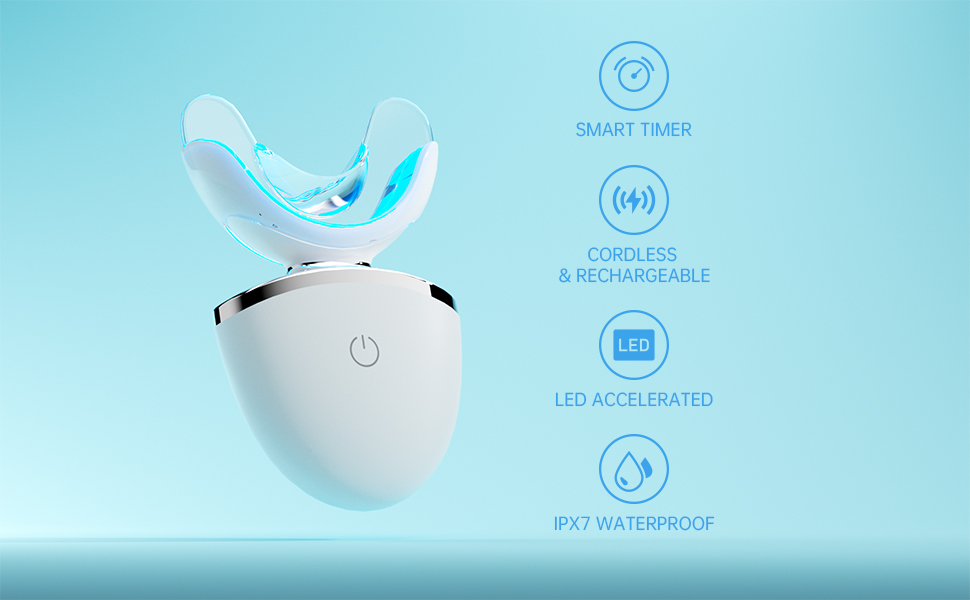
Is Whitening Kit Packaging Production Crucial for Whitening Product Export Packaging?
Button Unresponsive with Flow Inconsistency – Fix?

electric toothbrush heads Ultra Soft

Electric toothbrush heads Charcoal Infused-Diamond

electric toothbrush heads Regular Clean

electric toothbrush heads Charcoal Infuse-Round

Customization Teeth Whitening Gel

Private Label Whitening Gel
.jpg)
Florida Electric Toothbrush – Powsmart PTR-C8

electric toothbrush heads Deep Clean
whstapp
whstapp
National Toll-Free Service Hotline
+86 755 86238638